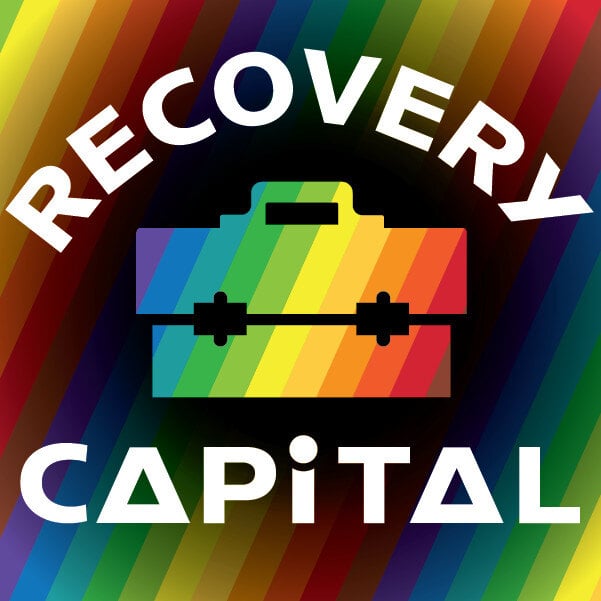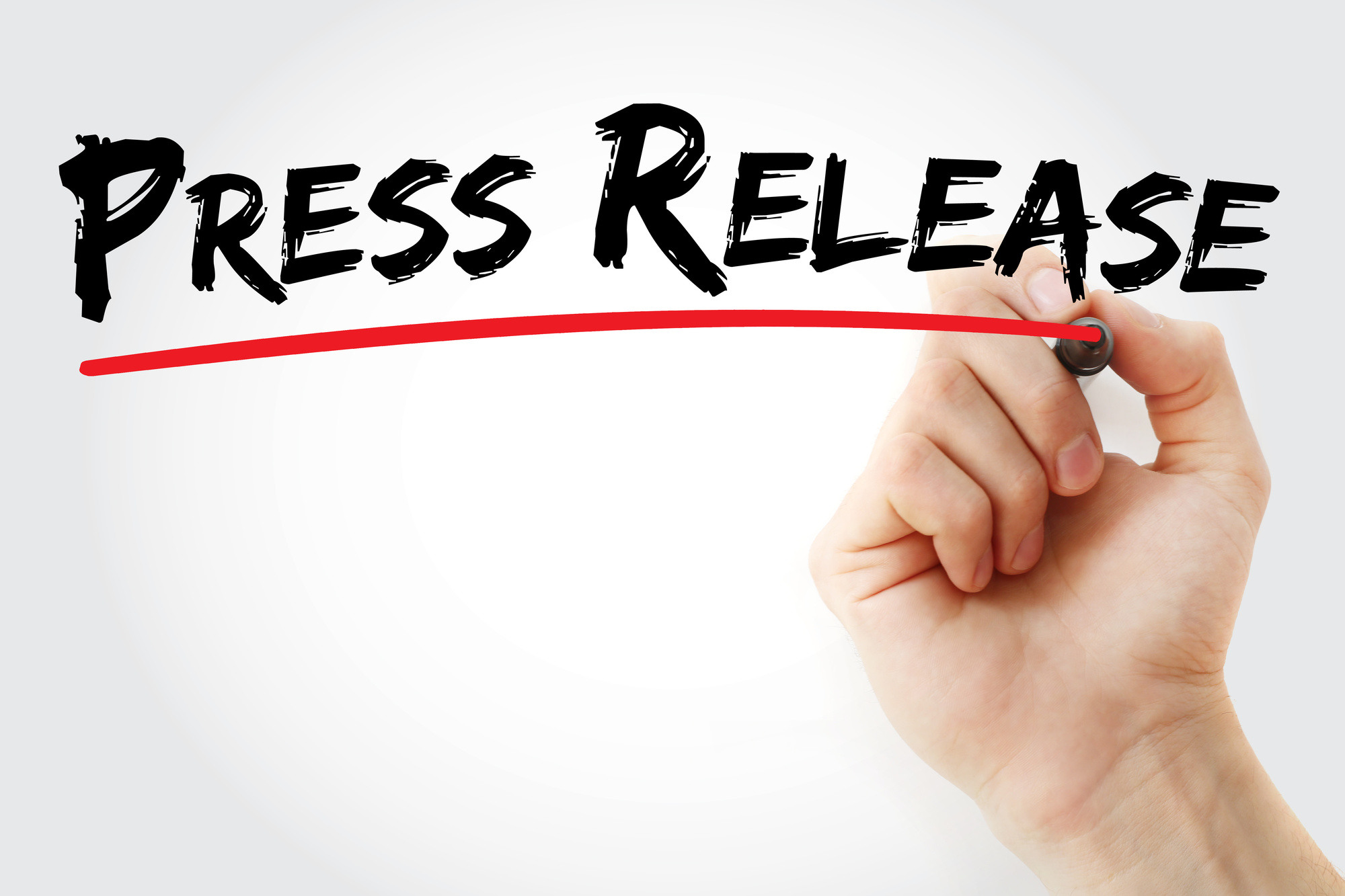Understanding Recovery and Resilience Capital
Recovery from addiction or behavioral health challenges is more than just achieving sobriety or managing symptoms. Recovery is about creating a life of stability, well-being, and purpose. To build this foundation, we must understand and nurture Recovery Capital and Resilience Capital—two essential frameworks supporting long-term success.
This post will introduce these concepts, explain their significance, and lay the groundwork for how individuals, organizations, and communities can leverage them to promote sustainable recovery.
What is Recovery Capital?
Recovery Capital is the total internal and external resources that help people obtain, sustain, and maintain recovery. It encompasses everything from access to supportive relationships and financial stability to mental health and personal growth. First introduced by researchers Granfield and Cloud (1999), Recovery Capital provides a comprehensive way to measure the strength of a person’s recovery foundation.
There are three core components of Recovery Capital:
- Personal Capital – Includes physical and mental health, self-efficacy, financial stability, and housing security.
- Social Capital – The strength of personal relationships, peer support networks, and connections to recovery communities.
- Cultural Capital – Beliefs, values, and cultural identity that reinforce recovery-oriented behaviors.
The more Recovery Capital a person has, the greater their chances of sustaining recovery. The key is not just having these resources but actively building and strengthening them.
What is Resilience Capital?
While Recovery Capital focuses on the assets that support recovery, Resilience Capital expands on this by addressing a person's ability to adapt, thrive, and overcome adversity. This emotional and psychological strength allows a person to navigate setbacks, stress, and change while maintaining progress in recovery.
The key components of Resilience Capital are:
- Emotional Regulation – The ability to manage stress and emotions effectively.
- Problem-Solving Skills – The capacity to think critically and find solutions to challenges.
- Growth Mindset – A belief in personal development and the ability to learn from difficulties.
Building Resilience Capital ensures people have the inner strength and external support needed to persist and grow when challenges arise.
Why Recovery and Resilience Capital Matter
For people in recovery, simply avoiding relapse is not enough. Long-term well-being depends on having a strong support system, access to opportunities, and the ability to adapt to life’s inevitable challenges. By understanding and developing Recovery and Resilience Capital, we can move beyond survival and begin thriving.
Organizations and communities also play a role in this process. By creating environments that support the growth of Recovery and Resilience Capital, they can build stronger, healthier systems of care that improve recovery outcomes on a larger scale.
What’s Next?
This is just the beginning of our blog series on Recovery and Resilience Capital. In our next post, we’ll dive deeper into the Four Domains of Recovery and Resilience Capital and explore how they impact recovery journeys.
Stay tuned and subscribe to our updates for more insights on how to build a strong foundation for lasting recovery.
Subscribe Here!
References:
- Granfield, R., & Cloud, W. (1999). Coming Clean: Overcoming Addiction Without Treatment. NYU Press.
- Connor, K. M., & Davidson, J. R. T. (2003). Development of a new resilience scale: The Connor-Davidson Resilience Scale (CD-RISC). Depression and Anxiety, 18(2), 76-82.
#RecoveryCapital #ResilienceCapital #RecoverySupport #MentalHealth #ThrivingNotJustSurviving

 By
By

